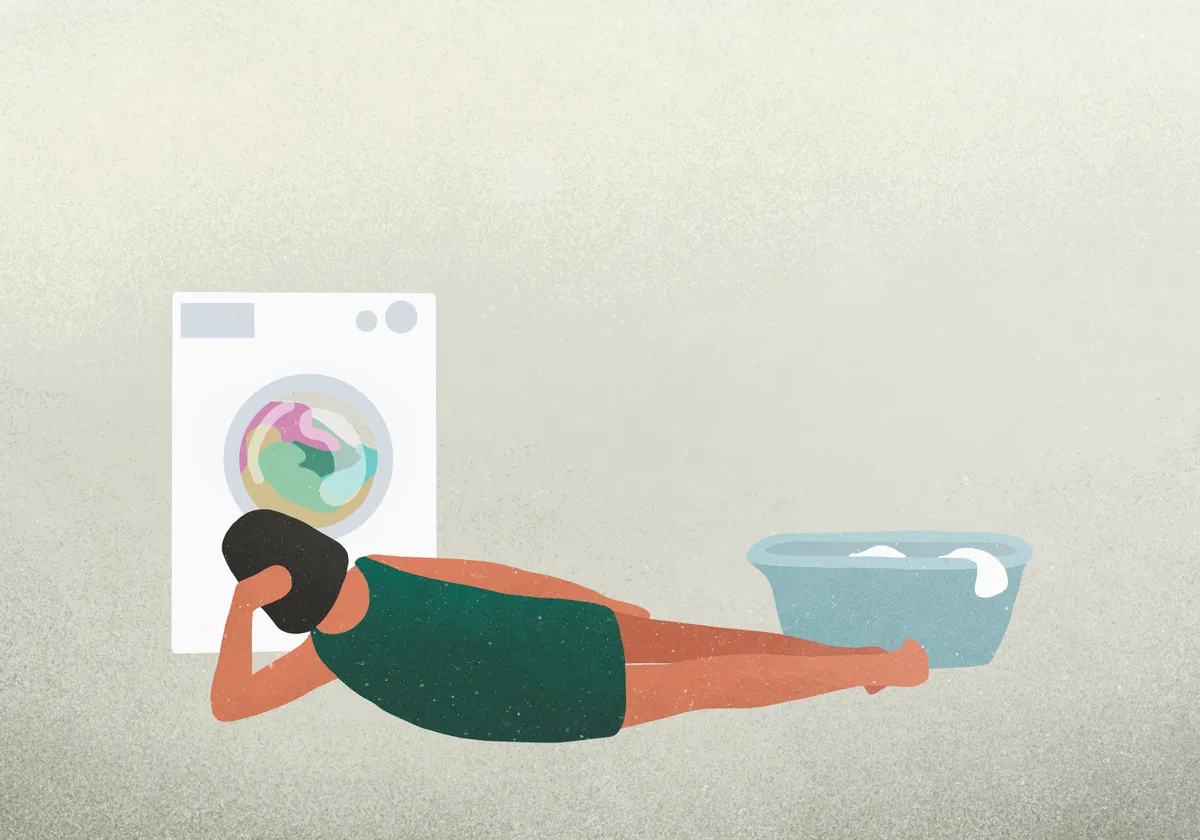Here we investigate the UK's water crisis, exploring how it's linked to climate change, plus how you can save water and money on your water bill.
Why is there a shortage of water?
Water shortages in England are set to become an “existential threat” to the nation, according to James Bevan, the head of the Environment Agency.
Within 25 years, England will reach the “jaws of death – the point at which, unless we take action to change things, we will not have enough water to supply our needs,” he says.
Fact:
If each person spent one minute less in the shower, the UK would save 600 million litres of water every day
(Source: Waterwise)

Climate change, combined with population growth, are the key drivers of this potentially disastrous situation, explains Bevan. He has called for water wastage to become as “socially unacceptable as blowing smoke in the face of a baby”.

Why is climate change linked to water shortages?
The concern is that climate change will not only change the volume of rainfall but also the pattern, with generally wetter winters, heavier downfalls and drier summers.
Nine of the 10 warmest years ever recorded in the UK have occurred since 2002, according to the Met Office, while the two wettest winters on record occurred in 2012 and 2015.
Fact:
Showers are the biggest water users in the house (25%), just ahead of loos (22%)
(Source: Waterwise)

Thames Water forecasts that, by 2050, our summers may be an average of 3°C hotter and 18% drier.
“Climate change is definitely a major driver,” says Nathan Richardson, policy and projects manager for Waterwise. “The 2018 heatwave saw water demand go up by 30% in the summer – people wanted to drink more water, use more on their gardens and in paddling pools.”
Heavier rainfall may sound like a boon for water supplies, but too much precipitation in too short a period creates problems. An unusually heavy downfall in August this year caused dangerous flooding and the near-collapse of Whaley Bridge dam in Yorkshire.
What other factors will cause water shortages?
The UK population is forecast to rise from 67 million in 2019 to 75 million by 2050.
Most of this population growth is expected to occur in areas already experiencing water stress, mainly in London and the south east.
Fact:
The average Briton uses 142L of tap water a day
(Source: Energy Savings Trust)

How to save water at home
1
Get a low flush toilet
Dual-flush toilets typically use 4–6 litres of water as opposed to the old-style flush systems, which use 13 litres per flush.
2
Check for leaking pipes
When water runs from the cistern into the pan it can double your water bill. Check the rubber valve hasn’t worn out and get it replaced if it has.
3
Get a water efficient washing machine
Try to buy an A-rated one, which typically uses 56 litres of water per cycle, compared with 170 litres for older models.
4
Get an efficient showerhead
Aerated showerheads add air to displace some water without losing pressure. Low-flow showerheads use less water but squeeze it through tiny holes to retain pressure.
Fact:
Every year, more than 740 billion litres of water are flushed down the loo
That's enough to fill 300,000 olympic sized swimming pools
(Source: Energy Savings Trust)

5
Take shorter showers
On average, we spend eight minutes in the shower, when a four-minute rinse should suffice. Even spending one minute less saves a lot of water.
6
Don't use your dishwasher until it's full
Again, choose an A-rated model, which uses 18 litres a cycle, compared to 27 litres for less efficient dishwashers.
7
Wash dishes and vegetables over in a washing bowl
This saves on wasted water, and water collected from a running tap can be reused on your garden.
8
Don't use tap water for your garden
Buy a water butt to collect rainfall for your lawn and plants. Up to 90,000 litres of rain falls on a roof every year – enough to fill a butt 473 times.
9
Turn the tap off when brushing your teeth
A running tap wastes six litres per minute.
Adapt your baths and showers
A bath typically uses around 80 litres, while a short shower can use a third of that. But many power-showers may use more than a bath. Run your bath an inch shorter to save five litres of water.
What should the government do?
Housing regulations
All new-build houses should be required to have features such as water-efficient showers and taps. “It is possible to build houses with appliances that reduce average water use per person to 100 litres per day,” says Richardson.
Appliance efficiency

There should be a mandatory water-efficiency labelling scheme for household appliances, such as showers, taps, washing machines and kettles. “You could have showers that change colour after a certain time, or that have a timer on them so you can easily see how long you’ve been in there,” says Richardson.
New reservoirs
No new reservoirs have been built since water privatisation, and schemes in Kent and the Thames Valley have faced resistance. This year, the Government is expected to designate new reservoirs as “nationally significant infrastructure projects” – schemes that are dealt with outside of the local planning system.
Controversial reservoir plans
Plans for a reservoir in the Thames Valley in Oxfordshire have met with stiff opposition. Thames Water proposed to build a reservoir near Abingdon but in 2011 the proposal was rejected by the Government.
The company has revived the plan, saying that the population of the area is projected to increase by six million.
The Campaign to Protect Rural England says the increase in demand has been “overestimated”.
Nathan Richardson of Waterwise acknowledges that “no one wants a reservoir in their immediate vicinity”, but points out that they also bring many additional benefits in terms of tourism and activities.

Anti-leak action
Nine of the 20 water companies missed their leakage targets in 2017–18, with Thames Water the worst offender. The Government needs to ensure water companies meet targets to reduce water loss through leaks by 50% by 2050.

